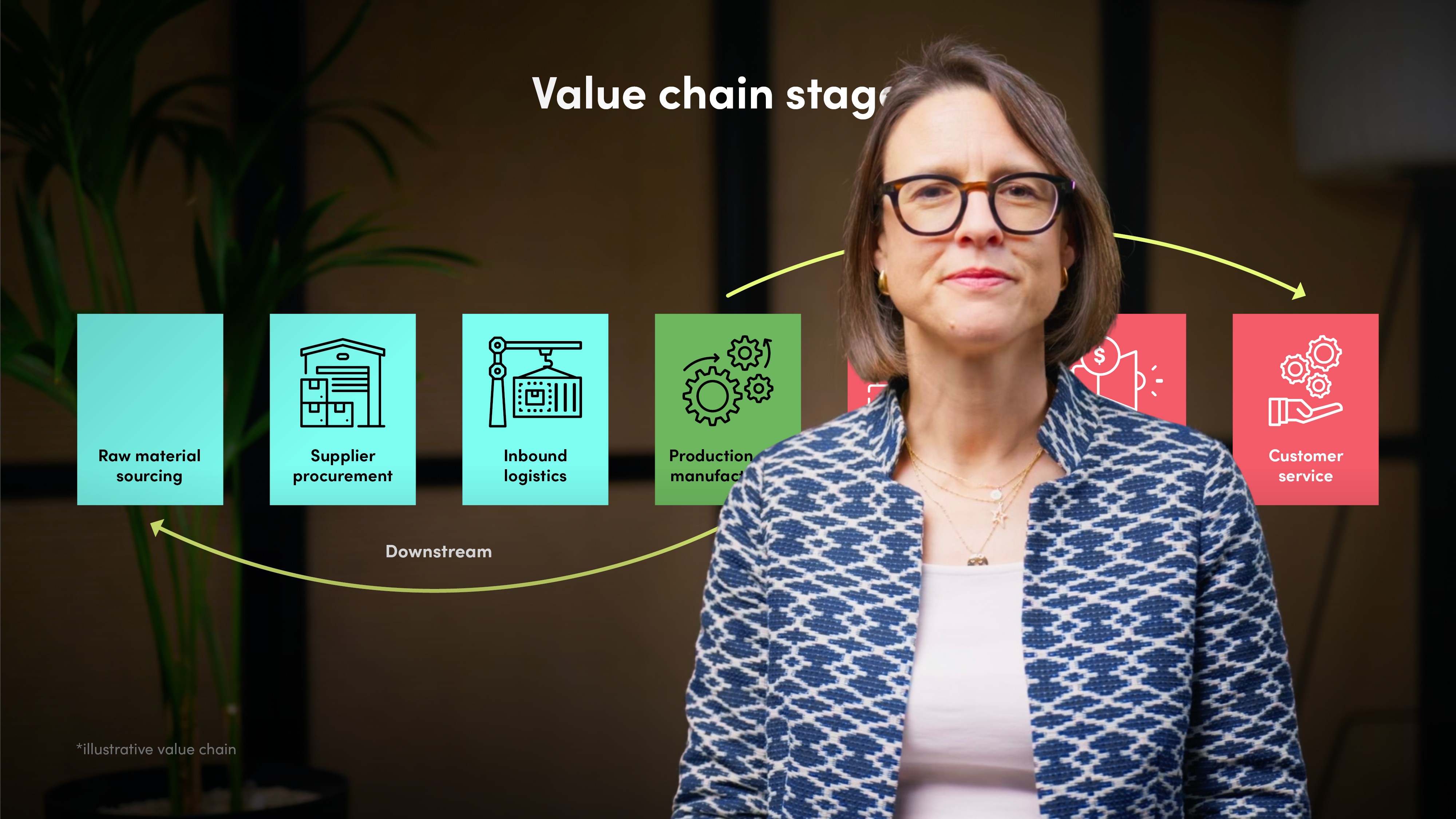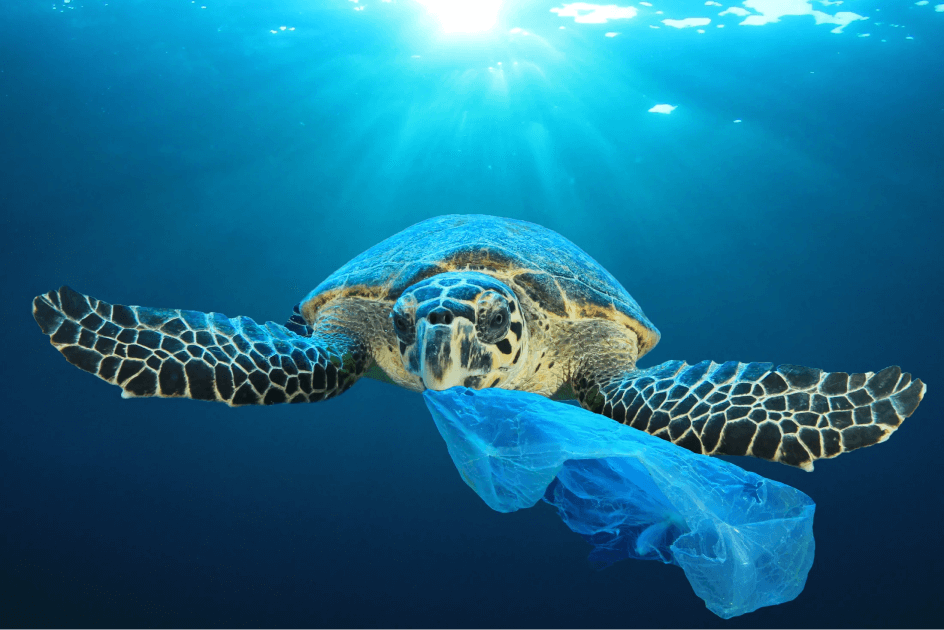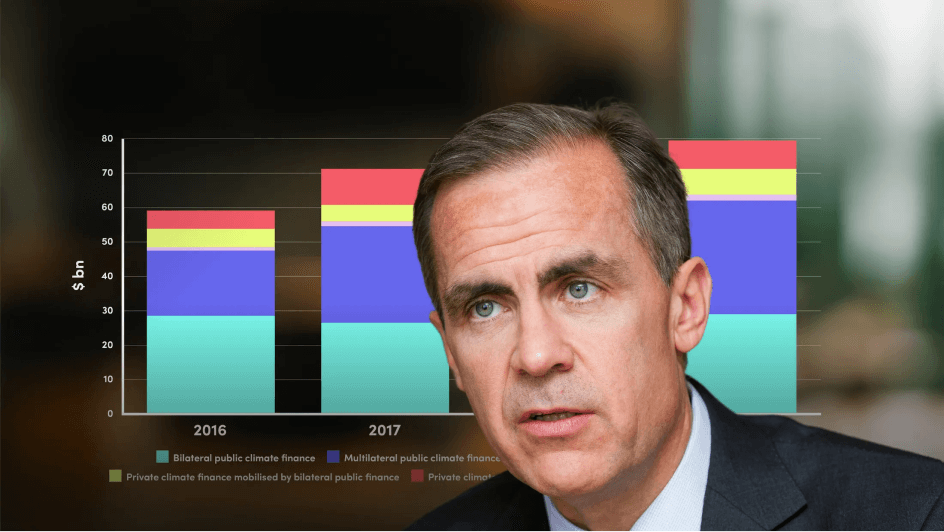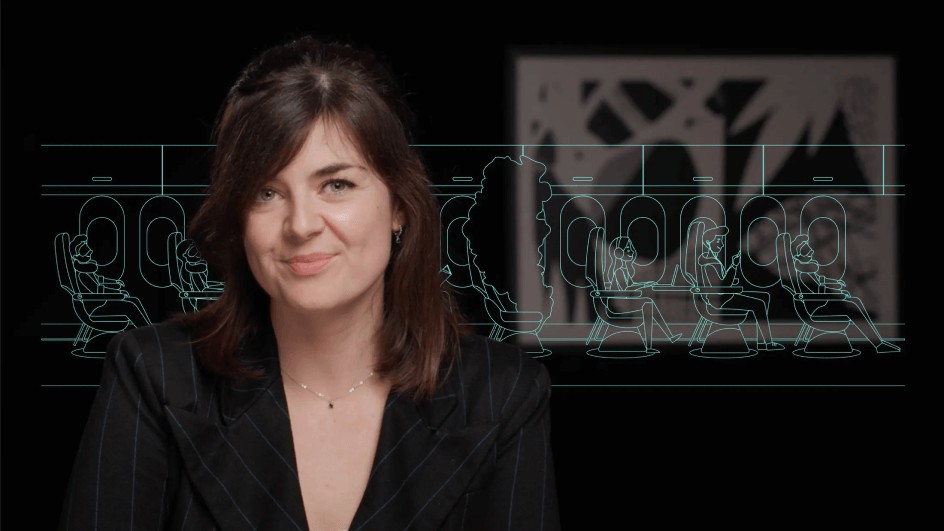
Practitioner's Guide to ESRS S2

Michelle Horsfield
25 years: Sustainable Finance
In this video, Michelle explores ESRS S2, she explains why it’s no longer enough for companies to report only on their direct employees, and how S2 expands the lens to include suppliers, contractors, and others affected by business operations. She walks us through the core disclosure requirements, from policies and remediation to risk management and target setting, all grounded in global human rights frameworks like the UNGPs and OECD Guidelines.
In this video, Michelle explores ESRS S2, she explains why it’s no longer enough for companies to report only on their direct employees, and how S2 expands the lens to include suppliers, contractors, and others affected by business operations. She walks us through the core disclosure requirements, from policies and remediation to risk management and target setting, all grounded in global human rights frameworks like the UNGPs and OECD Guidelines.
Subscribe to watch
Access this and all of the content on our platform by signing up for a 7-day free trial.

Practitioner's Guide to ESRS S2
13 mins 42 secs
Key learning objectives:
Understand the scope and intent of ESRS S2 regarding value chain workers
Identify the human rights and labour frameworks underpinning the standard
Understand the S2 requirements for disclosure on risks, impacts, and remediation
Understand how businesses are expected to use metrics and targets to manage human rights impacts across their value chain
Overview:
Subscribe to watch
Access this and all of the content on our platform by signing up for a 7-day free trial.
Subscribe to watch
Access this and all of the content on our platform by signing up for a 7-day free trial.

Michelle Horsfield
There are no available Videos from "Michelle Horsfield"





























